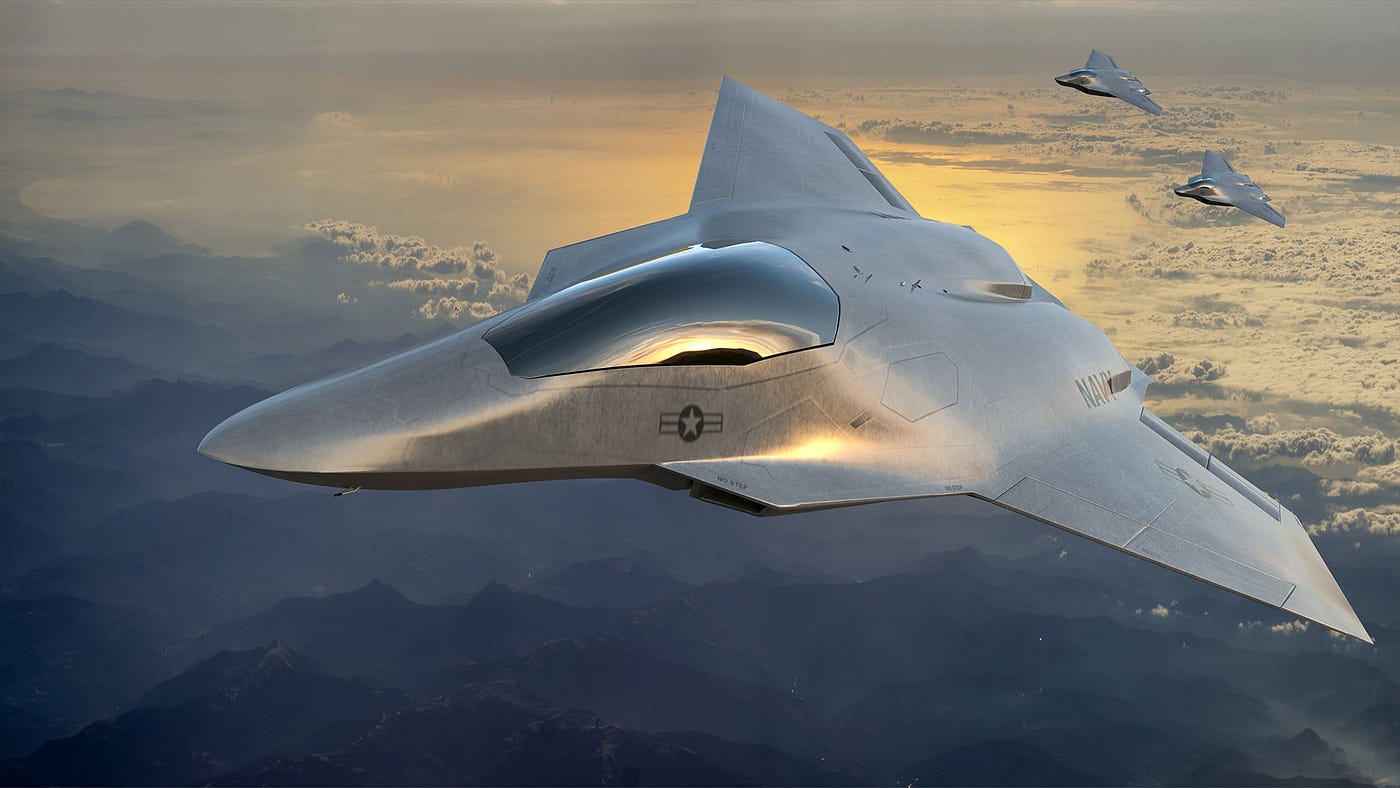Aircraft propulsion systems are at the heart of aviation, driving aircraft through the air with remarkable efficiency and power. There are several types of propulsion systems, each with its unique characteristics and applications, ranging from turbojet engines in high-speed fighter jets to turboprop engines in smaller aircraft and regional airliners. Understanding the different types of aircraft propulsion systems is essential for designing and operating aircraft effectively.
1. **Turbojet Engines**
Turbojet engines are one of the earliest forms of jet propulsion and are commonly used in high-speed aircraft like fighter jets. These engines consist of several key components, including a compressor, combustion chamber, turbine, and nozzle. Air enters the engine through an inlet, where it is compressed by the compressor before entering the combustion chamber.
In the combustion chamber, fuel is injected into the compressed air and ignited, producing high-pressure, high-temperature gases. These gases then expand through the turbine, extracting energy to drive the compressor and any accessories. Finally, the exhaust gases are expelled through the nozzle at high velocity, creating the thrust needed to propel the aircraft forward.
Turbojet engines offer high speeds and altitudes but are less fuel-efficient than other types of engines. They are commonly used in military aircraft where speed and maneuverability are paramount.
2. **Turbofan Engines**
Turbofan engines are similar to turbojet engines but have an additional fan at the front of the engine. This fan accelerates air around the outside of the engine, bypassing the core and mixing with the exhaust gases, providing additional thrust. Turbofan engines are more fuel-efficient and quieter than turbojet engines, making them ideal for commercial airliners.
Turbofan engines are classified into two main types: low-bypass and high-bypass. Low-bypass engines have a smaller fan and are used in military aircraft and some smaller commercial airliners. High-bypass engines have a larger fan and are used in larger commercial airliners, providing greater fuel efficiency and quieter operation.

3. **Turboprop Engines**
Turboprop engines use a gas turbine to drive a propeller, providing both thrust and propulsion. These engines are commonly used in smaller aircraft and regional airliners, offering a good balance between speed and fuel efficiency. Turboprop engines are ideal for short to medium-haul flights, where speed is not as critical as fuel economy.
4. **Ramjet Engines**
Ramjet engines have no moving parts and rely on the forward motion of the aircraft to compress air. This compressed air is then mixed with fuel and ignited, producing thrust. Ramjet engines are ideal for high-speed applications like missiles, where simplicity and reliability are paramount.

Each type of aircraft propulsion system has its advantages and limitations, making them suitable for different types of aircraft and missions. Turbojet engines offer high speeds and altitudes but are less fuel-efficient than other types of engines. Turbofan engines are more fuel-efficient and quieter, making them ideal for commercial airliners. Turboprop engines offer a good balance between speed and fuel efficiency, while ramjet engines are ideal for high-speed applications where simplicity and reliability are paramount. Understanding these differences is essential for designing and operating aircraft effectively.
In conclusion, aircraft propulsion systems are a critical component of aviation, providing the power and efficiency needed to propel aircraft through the skies. Each type of propulsion system has its advantages and limitations, making them suitable for different types of aircraft and missions. Understanding these differences is essential for designing and operating aircraft effectively.

No Responses